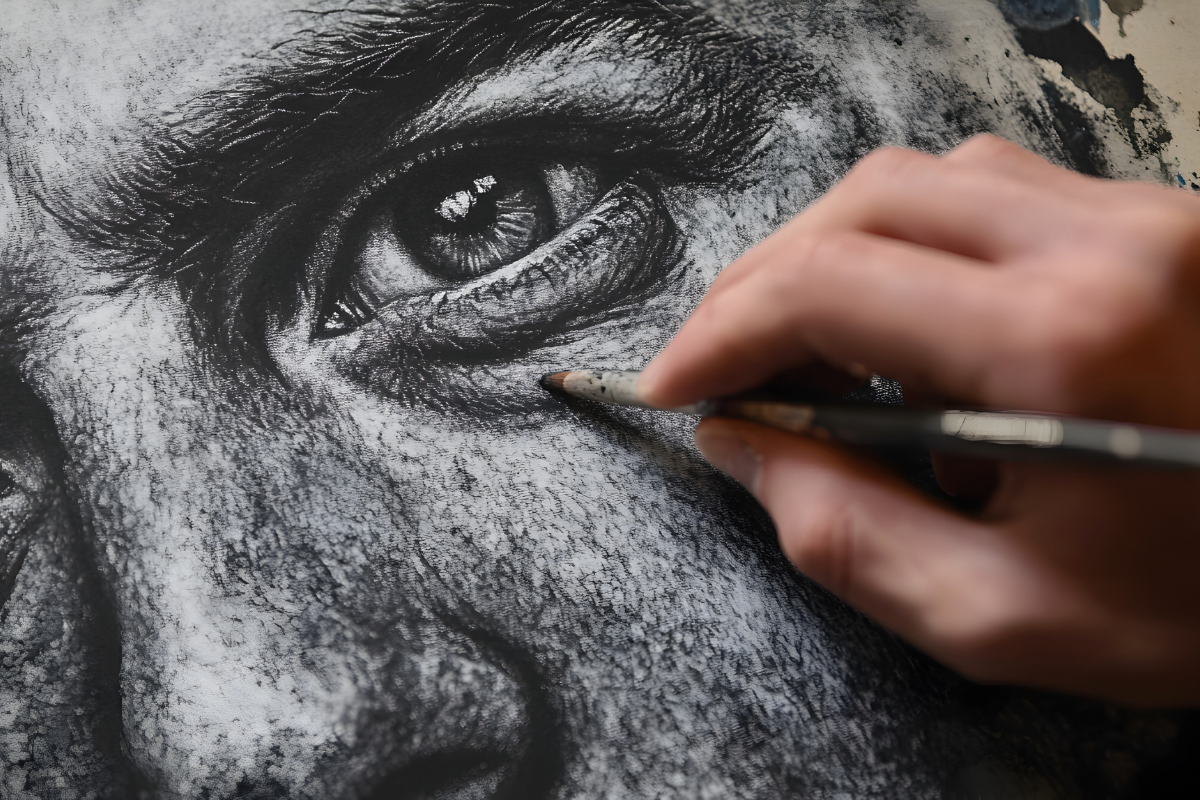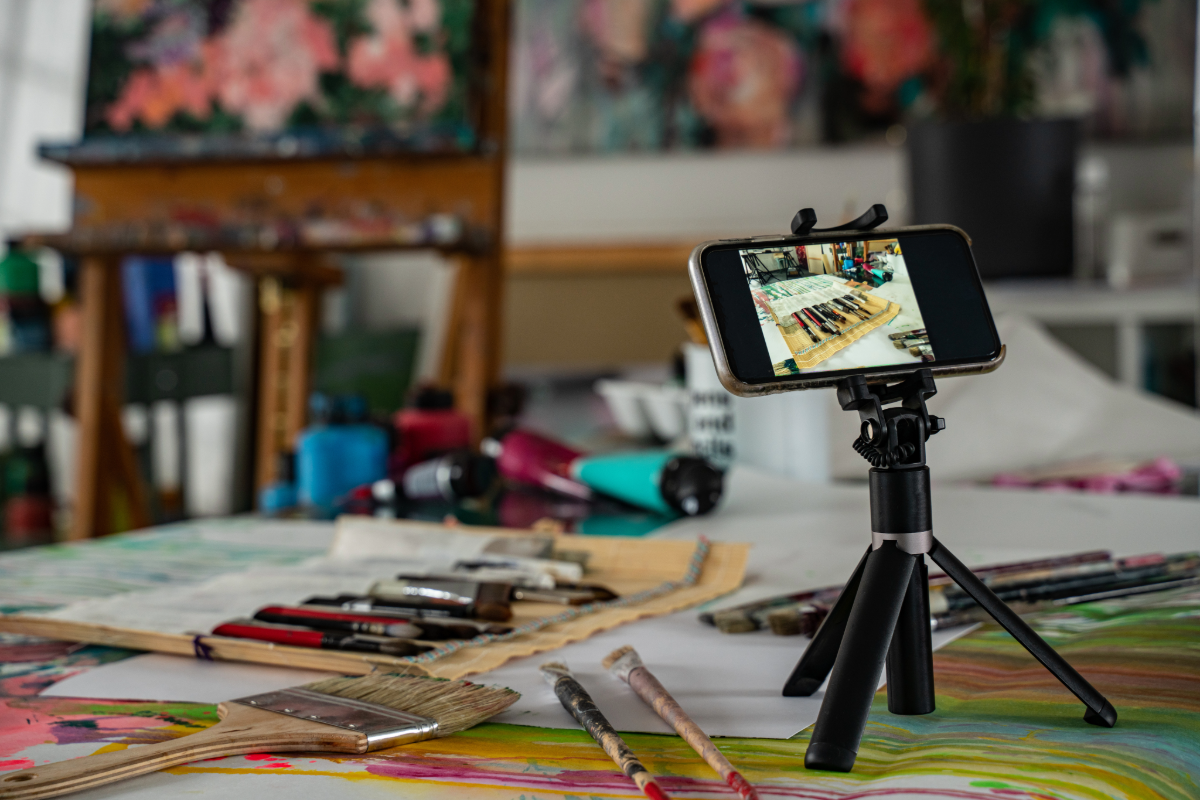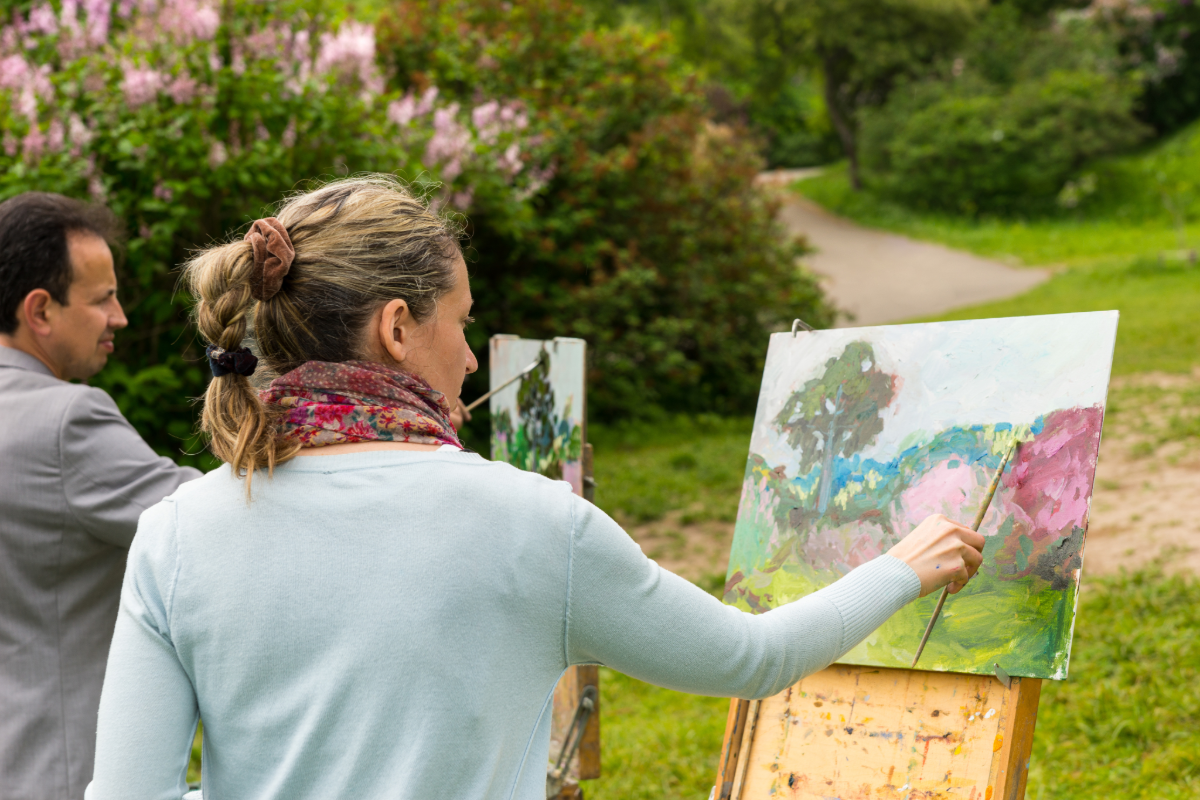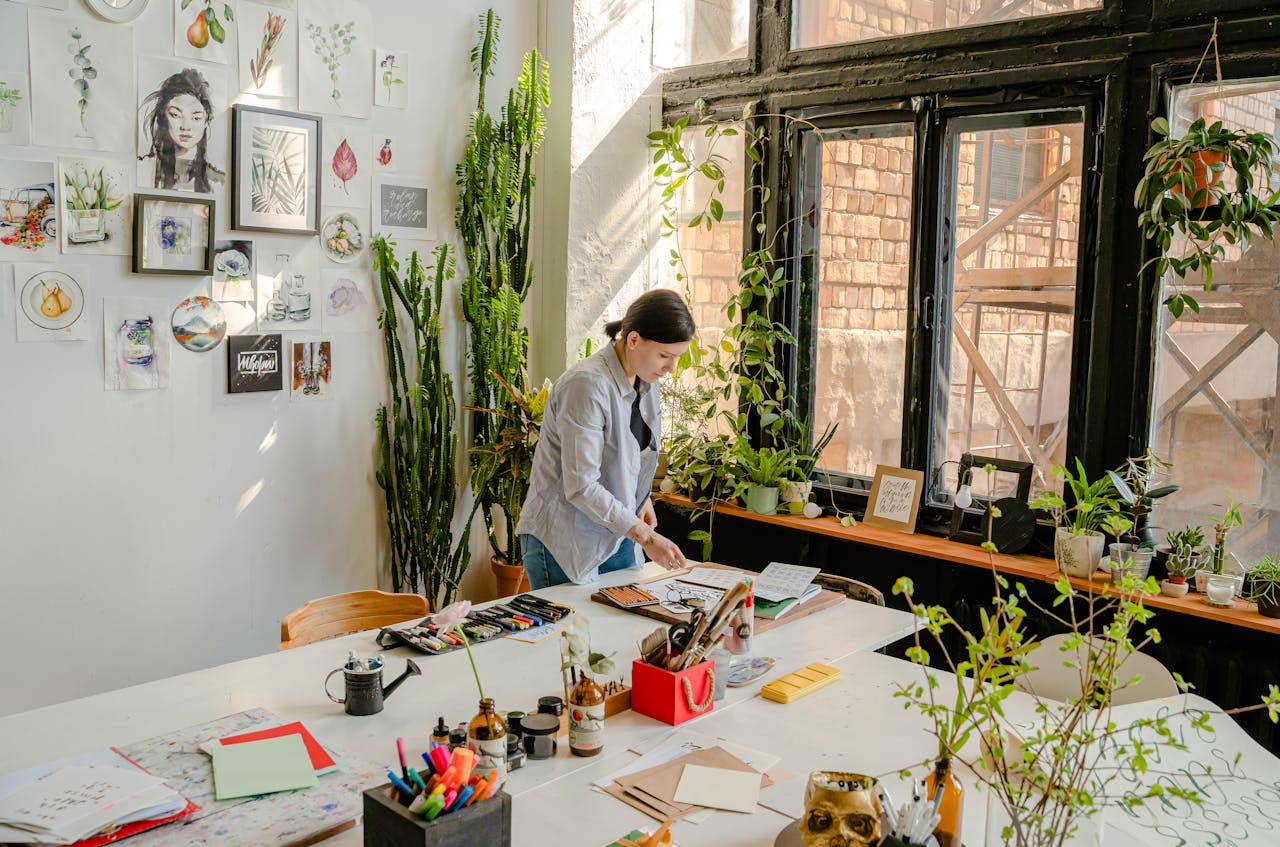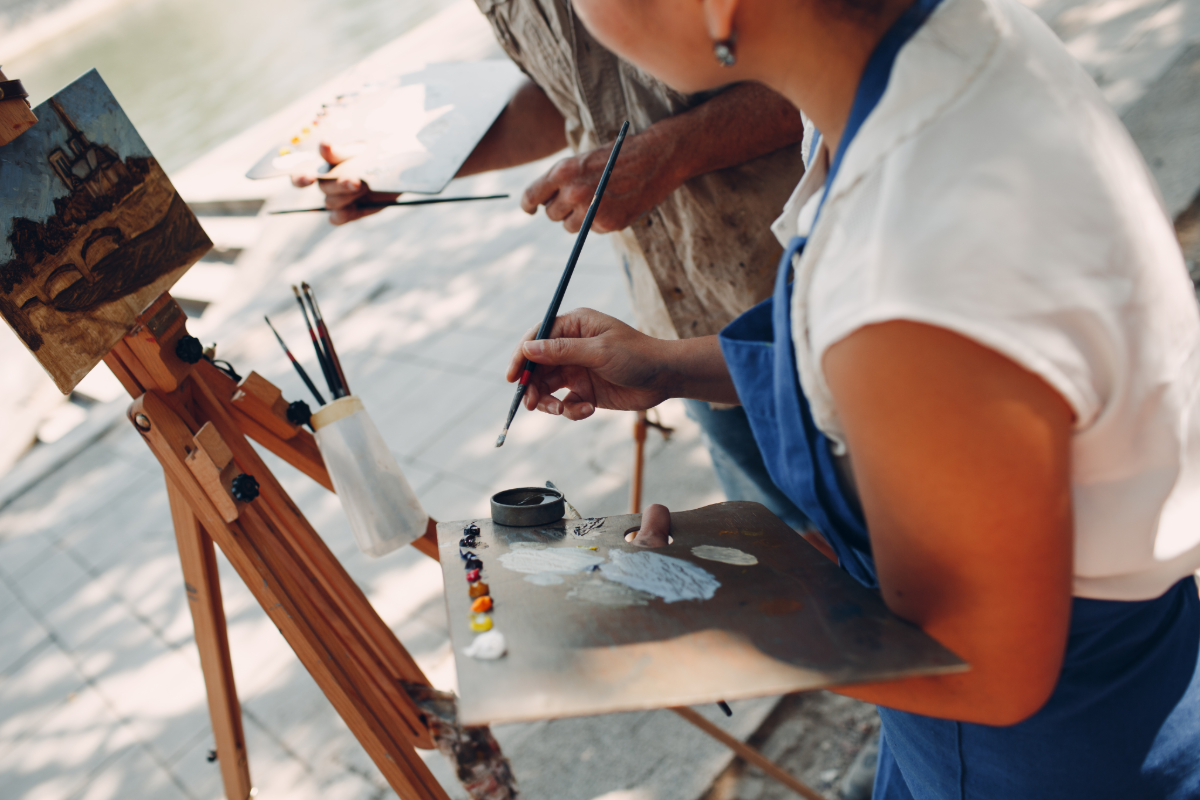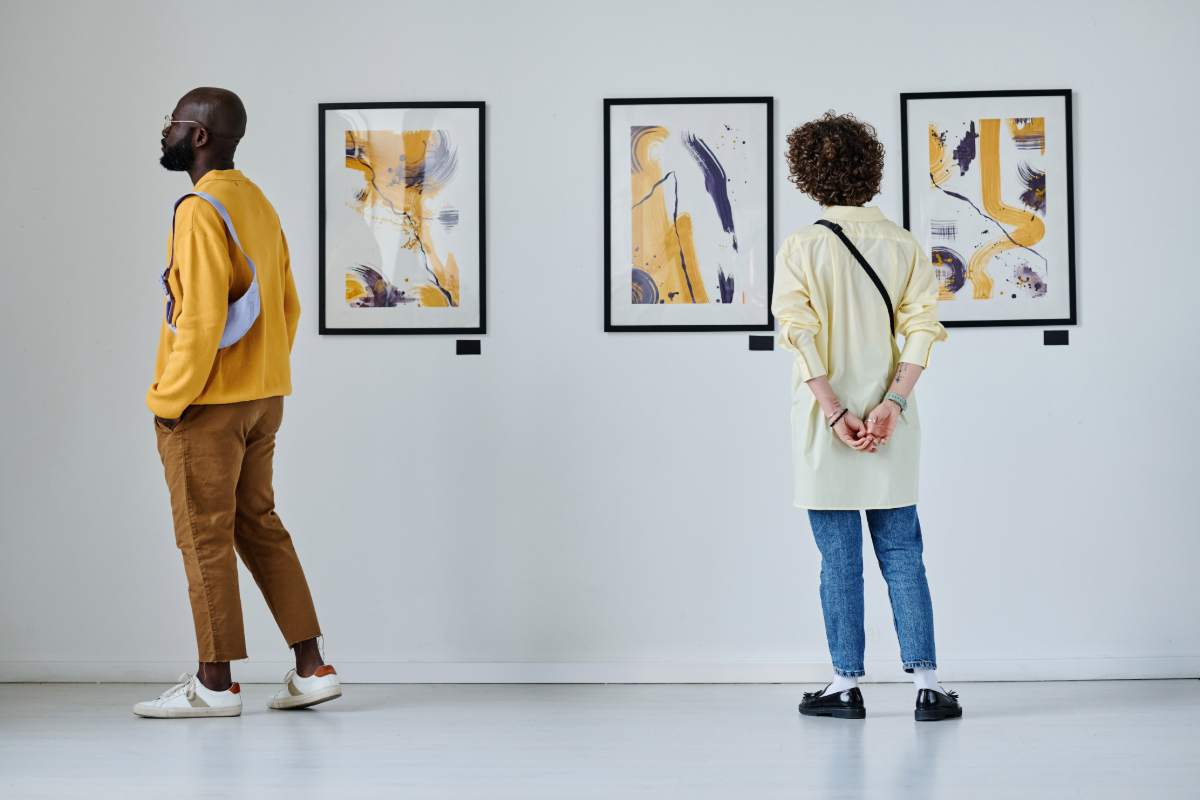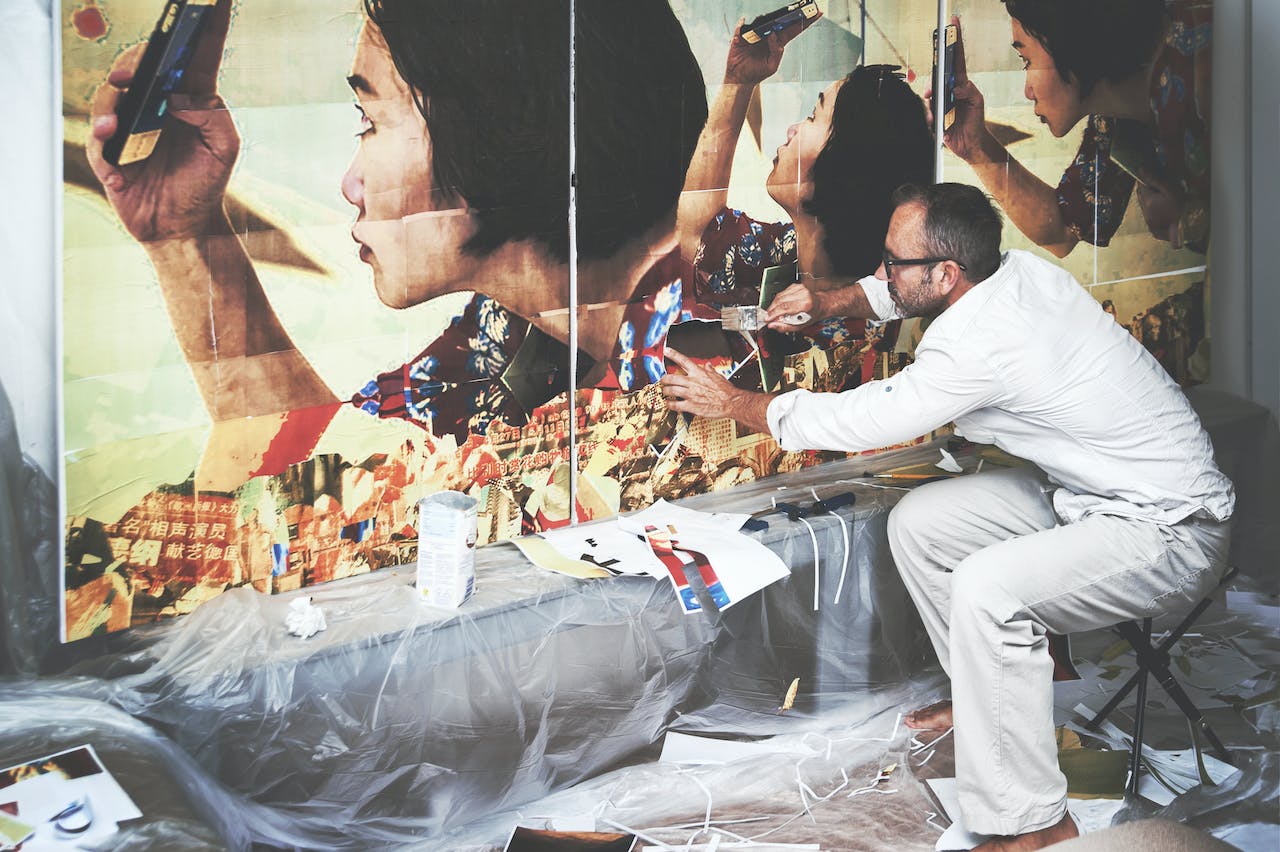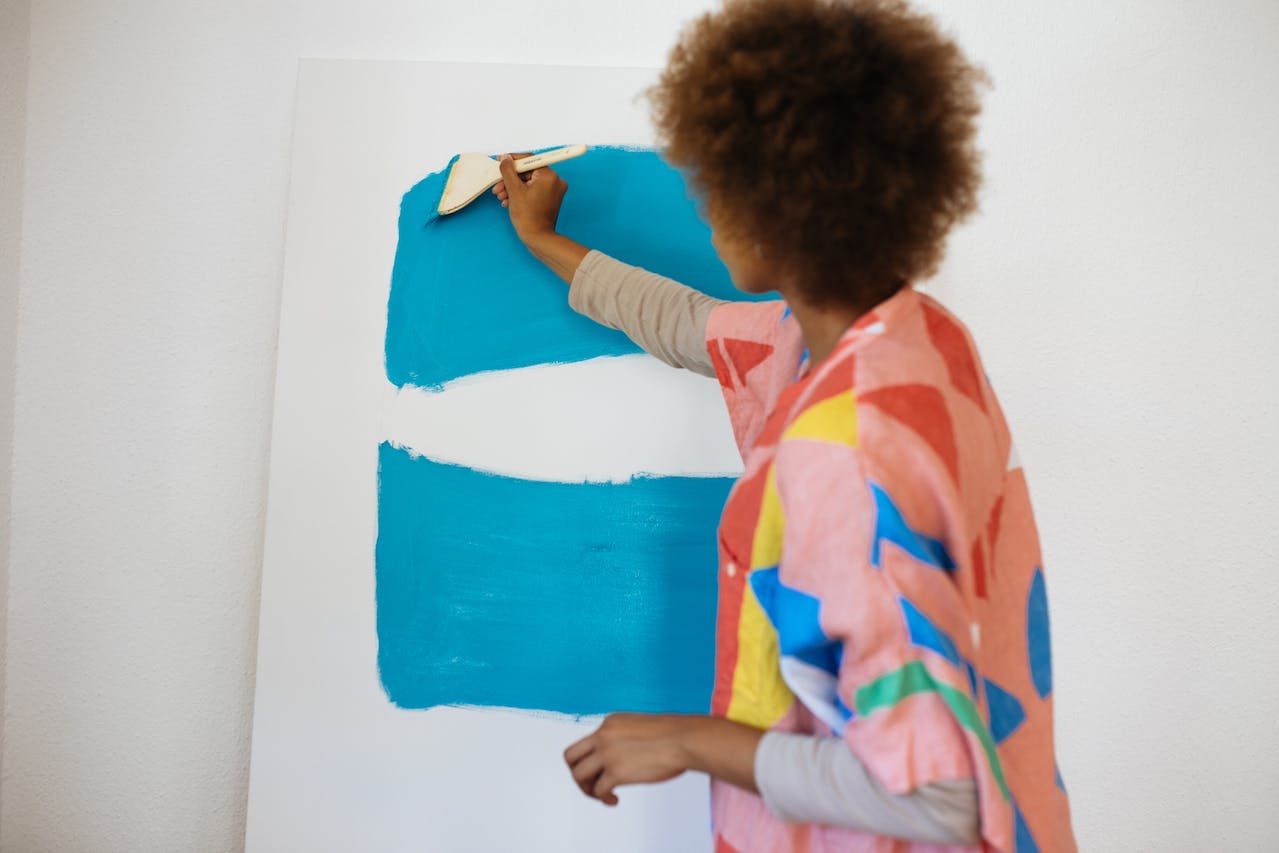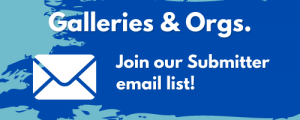Artist Branding 101: Stand Out in the Crowded Art World
In a world brimming with artistic talent, how will your work stand out? The answer lies in your brand. Your brand isn’t just a logo or a website; it’s your unique identity that sets you apart. By cultivating a distinct voice and visual identity, you can attract the right audience and create a lasting impression.
This guide by TheArtList explores how to build a distinctive brand through your artwork and online presence, using examples of iconic artist branding to illustrate key concepts. Let’s explore the details.
Why Artist Branding Matters
Branding is about creating a unique identity that distinguishes you from other artists. It’s more than just a logo or website design; it encompasses your entire artistic persona, including your style, the messages you convey, and how you present yourself to the world. A strong brand helps you:
🎨 Build Recognition: People should instantly recognize your work as yours.
🎨 Attract the Right Audience: Your brand will naturally draw in individuals who resonate with your style and message.
🎨 Create Consistency: A consistent brand helps your audience understand and trust you, making them more likely to become loyal followers or clients.
Step 1: Define Your Unique Voice
Your voice is the essence of who you are as an artist. It’s your perspective, the emotions you evoke, and the stories you tell through your art. To define your unique voice:
🎨 Reflect on Your Purpose: Ask yourself why you create art. What drives you? What do you want to convey through your work?
🎨 Identify Your Influences: Consider the artists, movements, and experiences that have shaped your style. How can you incorporate these influences while staying true to yourself?
🎨 Develop a Signature Style: Your style should be consistent yet evolving. Whether it’s your color palette, brushstrokes, or subject matter, find what makes your work recognizable and hone it.
Example: Jean-Michel Basquiat’s unique voice was a powerful blend of graffiti, street art, primitive imagery, and fine art. His raw and expressive style, often incorporating cryptic symbols and text, reflected his experiences growing up in New York City and his fascination with art history. Basquiat’s ability to combine elements from different cultures and time periods created a distinctive and thought-provoking aesthetic that set him apart from his contemporaries.
Basquiat’s enduring legacy is a testament to his talent, authenticity, and ability to connect with audiences on a deep emotional level. His work continues to inspire and challenge artists and viewers alike.
“The more I paint, the more I like everything.”
Jean-Michel Basquiat
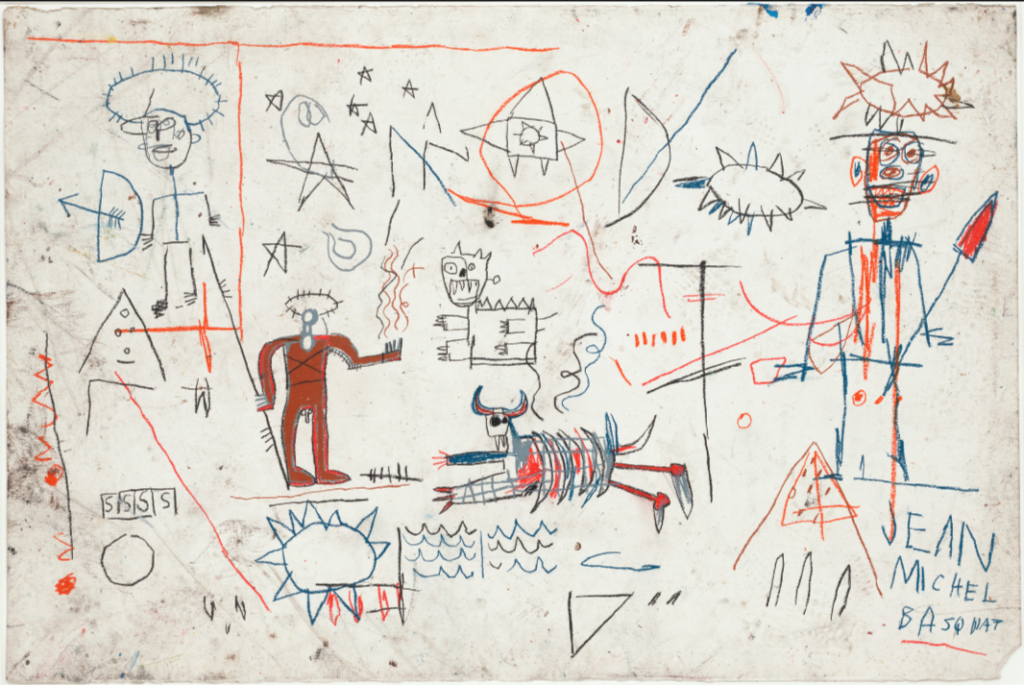
Step 2: Create a Visual Identity
Your visual identity is the visual representation of your brand, including your logo, color scheme, typography, and overall aesthetic. It’s how you visually communicate your unique voice to your audience.
🎨 Design a Logo: Your logo should be simple, memorable, and reflective of your artistic style. It could be your name in a unique font, a symbol, or a combination of both.
🎨 Choose a Consistent Color Palette: Colors evoke emotions and can significantly impact how people perceive your brand. Select a palette that aligns with your artistic voice and use it consistently across all platforms.
🎨 Establish Typography: The fonts you choose should complement your logo and color palette. Consider how they will look on your website, business cards, and social media.
Example: Shepard Fairey, the artist behind the iconic “Obey Giant” and the Barack Obama “Hope” poster, has a strong visual identity that combines bold typography, limited color palettes (often red, white, and black), and a propaganda-like aesthetic. His branding is not only reflected in his art but also his merchandise, website, and social media presence, creating a cohesive and powerful brand.
“Art is not always meant to be decorative or soothing, in fact, it can create uncomfortable conversations and stimulate uncomfortable emotions.”
Shepard Fairey
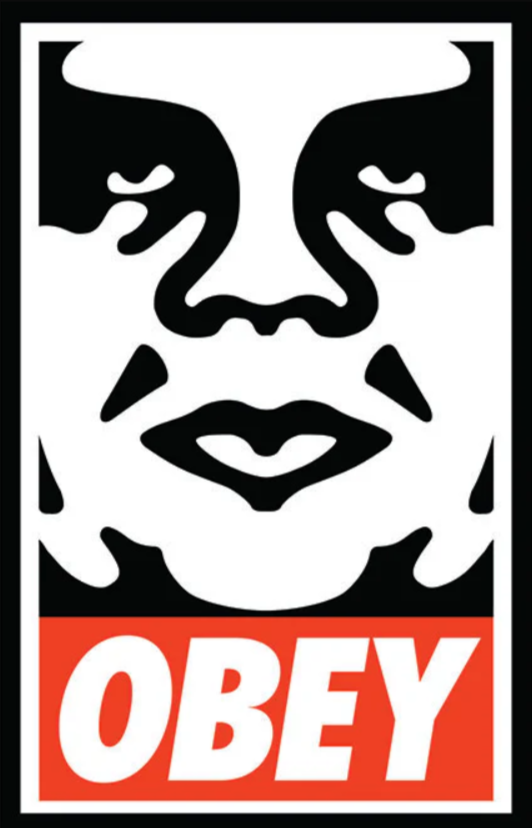
Step 3: Build an Online Presence
Today, more than ever, artists need to make their mark online. Your website and social media platforms are where potential collectors, galleries, and fans will discover and interact with your brand.
🎨 Develop a Professional Website: Your website should showcase your portfolio, provide information about your artistic journey, and include contact details. It’s the hub of your online presence.
🎨 Leverage Social Media: Platforms like Instagram, Facebook, and TikTok are invaluable tools for artists. Use them to share your work, connect with your audience, and build your brand. Be consistent in how you present your work across these platforms.
🎨 Engage with Your Audience: Respond to comments, share behind-the-scenes content, and create a dialogue with your followers. Engagement builds community and loyalty around your brand.
Example: Jeff Koons, known for his gleeful, provocative, and often controversial sculptures, has built a powerful online presence. His website is a curated collection of his work, accompanied by detailed descriptions and high-quality images. On social media, Koons shares glimpses of his creative process, updates on exhibitions, and engages with his followers through witty and thought-provoking posts. This consistent and engaging online presence has helped to solidify Koons’ reputation as one of the most influential contemporary artists.
“The job of the artist is to make a gesture and really show people what their potential is. It’s not about the object, and it’s not about the image; it’s about the viewer. That’s where the art happens.”
Jeff Koons
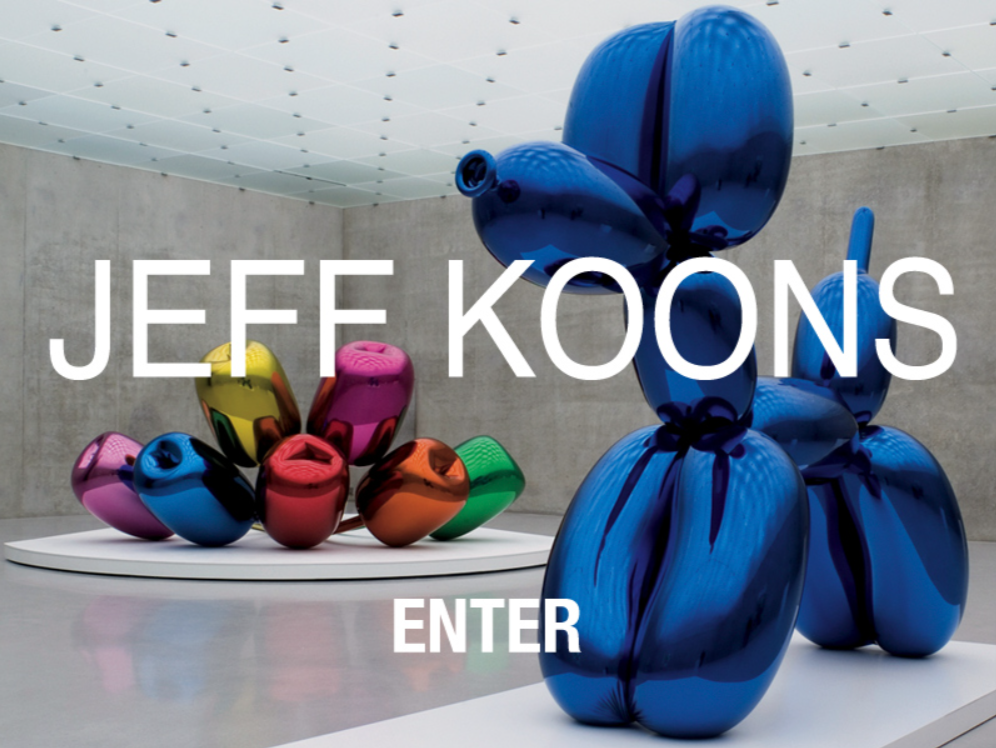
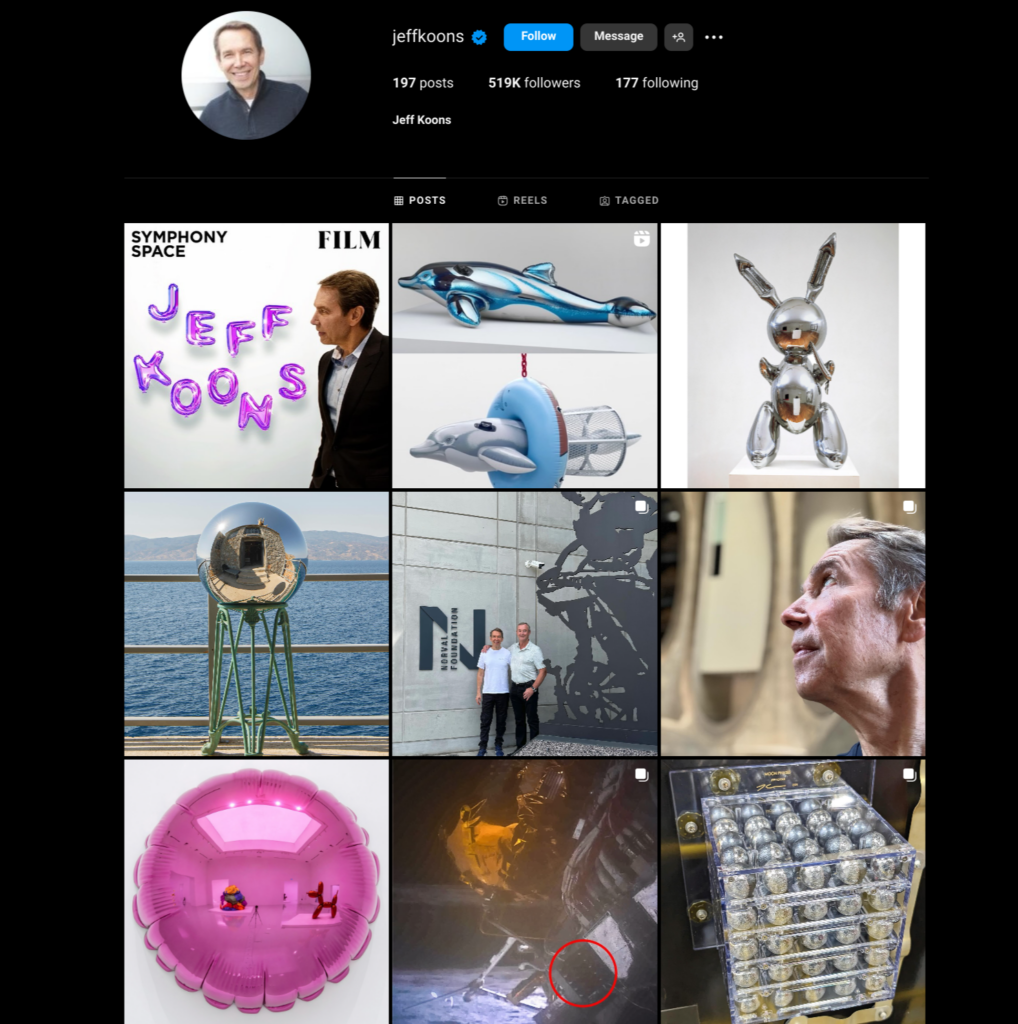
Related: 5 WAYS TO USE SOCIAL MEDIA TO GENERATE BUZZ ABOUT YOUR ARTWORK
Step 4: Stay Authentic (and Evolve)
While consistency is key to building a brand, it’s also important to stay authentic and allow your brand, style, and artwork to evolve over time. As you grow as an artist, your style and voice may change. Embrace this evolution while maintaining the core elements of your brand.
🎨 Be True to Yourself: Authenticity always resonates with people and creates a deeper connection with your audience.
🎨 Adapt and Innovate: Stay open to new ideas and trends, and don’t be afraid to experiment with your brand. Just ensure that any changes align with your overall brand identity.
🎨 Keep Your Audience in Mind: While your brand should reflect your voice and vision, it’s also important to consider how your audience perceives and interacts with it. Seek feedback and adjust accordingly.
Example: Yayoi Kusama, the Japanese contemporary artist known for her immersive installations and polka-dot motifs, has built a brand that is both distinctive and constantly evolving. Kusama’s work, deeply rooted in her personal experiences and psychological landscapes, has grown over the years to include a wide range of mediums and forms, from painting and sculpture to performance art and installations. Despite this evolution, her core themes of infinity, repetition, and “self-obliteration” remain central to her brand. Kusama’s ability to innovate while staying true to her artistic voice has made her a lasting and influential figure in the art world.
“I am an obsessional artist.”
Yayoi Kusama
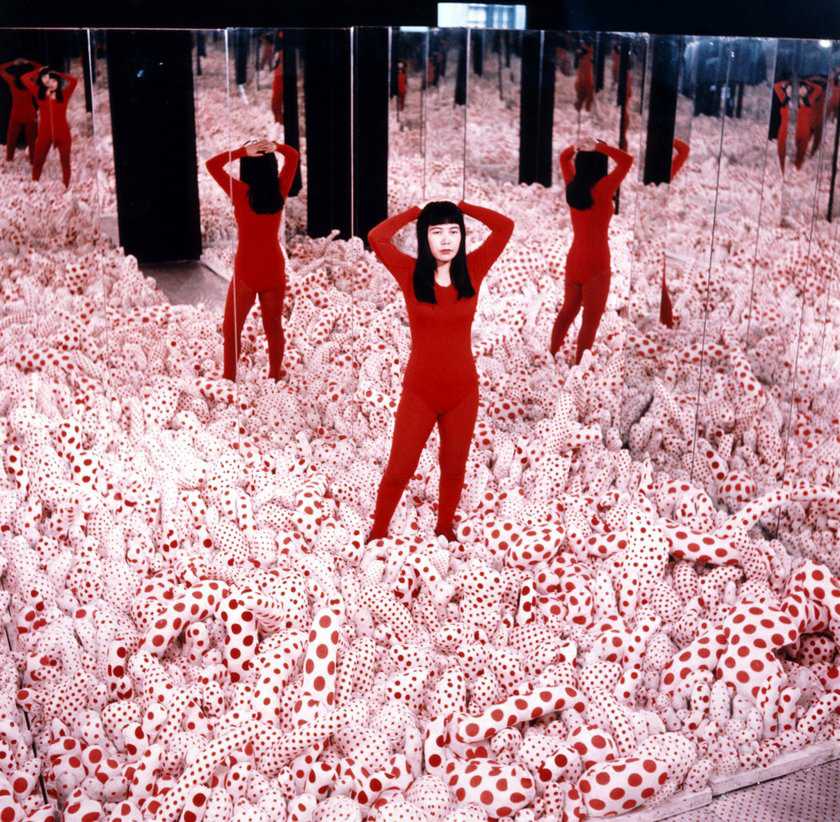
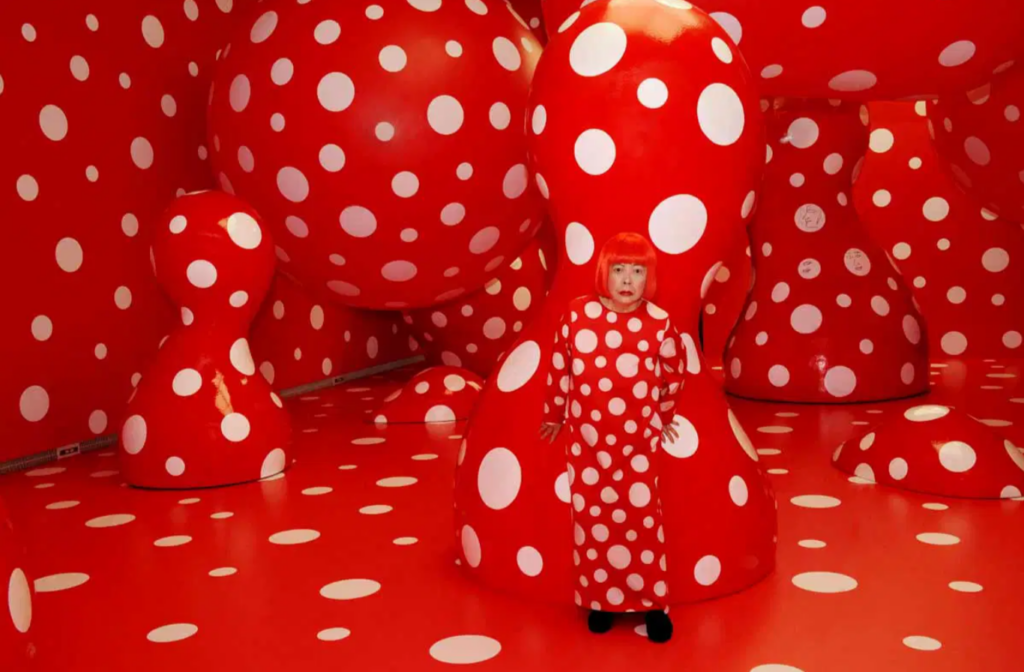
Final Thoughts
Building a unique voice and visual identity is a journey that requires introspection, creativity, and consistency. By defining your voice, creating a strong visual identity, building an online presence, and staying authentic, you can develop a brand that resonates with your audience and sets you apart in the art world.
Remember, your brand is a reflection of who you are as an artist. Take the time to cultivate it, and let it evolve as you do. Start today by reflecting on what makes your art unique, and let that guide your brand development. Whether you’re just starting out or looking to rebrand, these steps can guide you in creating a lasting, impactful artist brand that truly represents your unique artistic voice.


